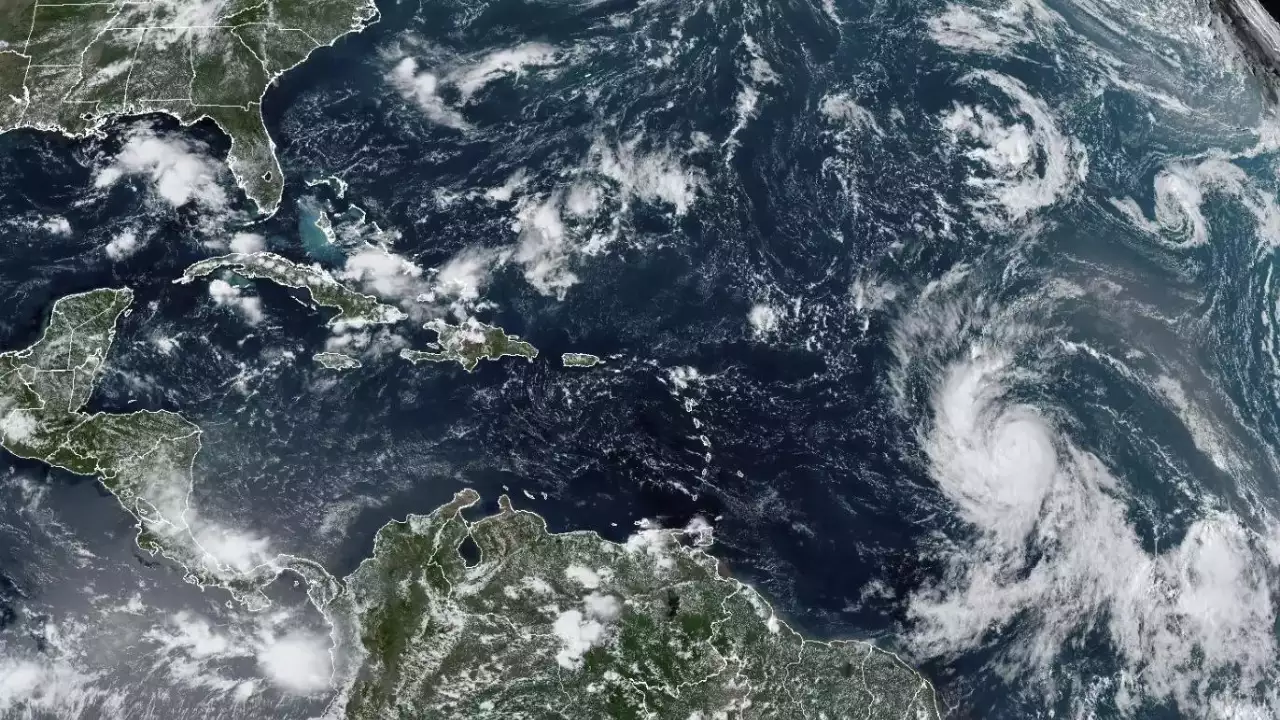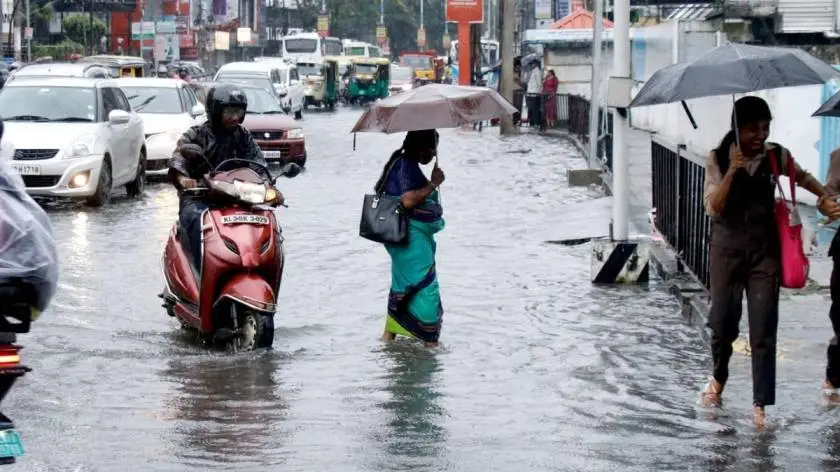
Hurricane Lee to bring large waves, dangerous rip currents to Virginia Beach
As a longtime surfer, Josh Wagner has always enjoyed the distant hurricane swells off the coast of Florida, which can create clean, beautiful, rolling waves.
As a surfer who owns a beach house on the state's Atlantic coast and who could have lost his home south of Daytona Beach during Hurricane Nicole last fall without jumping on a tractor in the middle of the night, now fears erosion and destruction. . that a Hurricane Lee could be the worse of the two, Wagner told New Channels. Waves are expected to be rough and unsuitable for surfers and there is a high risk of rip currents. Any large, strong wave could rip away the area of sand that runs up from Nicole toward the beaches near Ponce Inlet.
Similar fears will spread north this week, along the entire Atlantic coast. Lee is expected to move north, parallel to the coast, a few hundred miles to the east, bringing huge, dangerous waves from Florida to Maine.
On Monday, l The hurricane persisted. strong overnight with sustained winds of 115 miles per hour, its Category 3 rating is "severe." and its hurricane-force winds have increased significantly, now up to 75 miles from the center.
Although strong winds are likely along much of the coast of United States, along the coast According to the National Hurricane Center and the National Weather Service offices along the coast rip currents and dangerous waves are expected along the coast. Larger waves and rip currents have already begun to hit East Coast beaches, the weather service said Monday, and are expected to increase. It will be a... "A tremendous amount of energy is created in the ocean in the form of traditional ocean waves," Jamie Rhome, deputy director of the hurricane center, told USA News. “When that energy hits the coast, it creates a huge risk of rip currents.”
Where is Hurricane Lee right now?
- As of 11pm Monday, Lee was still a major hurricane with winds of 115 miles per hour.
- The storm was located about 550 miles south of Bermuda and 650 kilometers per hour northwest. of the Northern Leeward Islands, moving west-northwest at 7 mph. .
- A Saildrone, one of several deployed in the ocean along Lee's Path, 40 miles south-southeast of downtown Lee, reported sustained winds of 77 mph and a gust of 105 mph, he announced the center. . Monday.
- A buoy between Lee and the island of San Salvador in the Bahamas reported waves reaching 17.7 feet.
- If Lee is expected to increase winds up to 190 km/ h Monday night, then starting to weaken. as during the week it experiences wind shear and encounters areas of cooler water left by hurricanes Idalia and Franklin.
How is the hurricane progressing? Will Lee come to the Northeast or Canada?
It's still too early to know how Lee might affect the northeastern United States and Atlantic Canada, the hurricane center said Monday, especially since central hurricanes are expected to move significantly.
- Hurricane Lee is expected to gradually move northward on Wednesday and pass between the U.S. Mid-Atlantic and Bermuda on Friday.
- Lee winds could bring strong winds, rain and strong waves to Bermuda later this week.
- In Maine and along the New England coast, the National Weather Service said Monday that “the trajectory, intensity, and impacts (if any) remain uncertain.”
- The hurricane center forecast cone suggests that the center of Hurricane Lee will be offshore Saturday night, somewhere between the New England coast and southeastern Nova Scotia.
- By 11 p.m., much of eastern New England was within the “cone.” of uncertainty" on the hurricane center forecast map for Lee. This includes part of the Boston metropolitan area, as well as Cape Cod and the islands of Martha's Vineyard and Nantucket.
- "Rogue waves and rip currents life-threatening” continues to impact the Virgin Islands, Puerto Rico and the Bahamas and through much of this week the U.S. East Coast as Lee grows and moves north.









